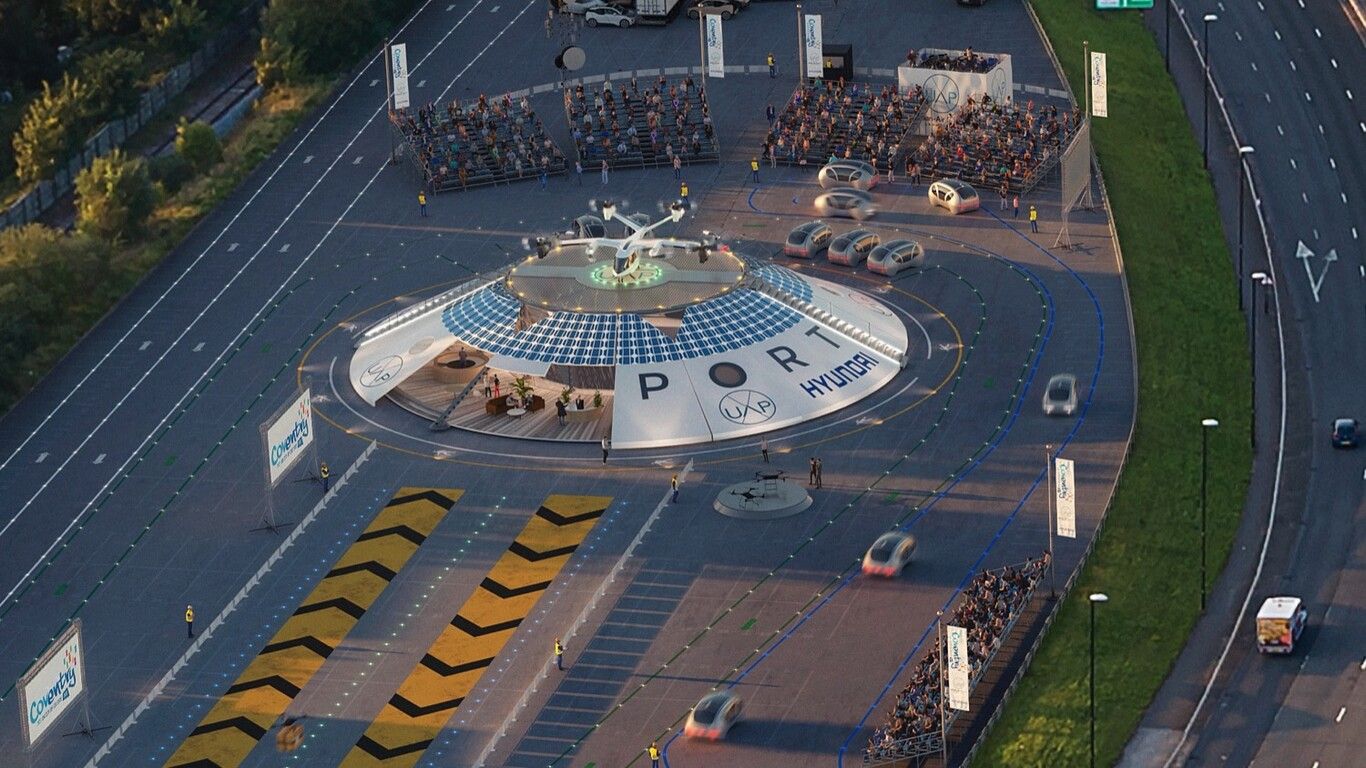Surely many of you remember the profession of "Sereno," although I'm convinced that many of you don't know what their role was. Just as a curiosity, I wanted to tell you that the first Sereno Corps in Spain dates back to 1715, and their main mission was to activate street lighting in large cities. In the 20th century, their main responsibility was to open the doors of residential buildings at night when residents wanted to access their homes.
Yes, for those who didn't know, it's true! It's not science fiction! These individuals would open the doors of our buildings when they were called out loudly at night. They also communicated using a whistle to notify or sound an alarm, but it rang so often that people didn't pay much attention, especially when it wasn't directed at them, hence the expression "tomar por el pito del sereno" (to be ignored or not taken seriously).
Well, this was one of the long-standing professions that ceased to exist in Spain in 1977 when the famous automatic doormen entered our market.
Fast forward to 1994, and we saw the first smartphones (less than 30 years ago, it hasn't been that long...), and only a few years ago, we became capable of opening a door with a smartphone. Who would have thought that the Sereno could do that?
Not too many years ago, I talked to people who told me that the idea of everyone being able to talk on the phone and see the face of their interlocutor simultaneously wouldn't be recognized by their children. Or those who told me that electric cars were a utopia... and now, I know of some who have bought one
Very similar to what I mentioned earlier and somewhat hard to believe in the short term... What do you think about drones? Do you know about the Urban Air Port Air One project? What do you think? Is it just a paper project? A scale model design? Or do you, like me, believe that electric air taxis are a reality for this decade? (Photo of Air-One airport in the center of Coventry) 
Lastly... another closer-to-home example... Who would have imagined that in less than a year, we'd have not one but several COVID-19 vaccines?
Some believed it would take many years to develop a vaccine, but thanks to technology advancing faster every day than we think, today, we at least have a great help in overcoming this pandemic in less than a year.
With these comments, I simply wanted to provide context and mention that technology no longer requires many years to evolve and bring to market. It advances very quickly, and we can't afford to fall behind, thinking that we're covered for many years.
In this regard, within the Critical Infrastructure sector, it might be true that some people are getting tired of being ignored when they talk about Optimization and Automation, while others struggle to discern among so much information when making decisions.
But what we are already seeing in some centers is the need to migrate or adapt their infrastructures to new models with new technologies that make their critical facilities much more efficient, to make them more local (EDGE) and competitive.
Any respectable Data Center knows that now is the time to start optimizing and automating its infrastructure if it wants to continue being an important part of the business's core. Unfortunately, some of them still don't even have proper monitoring or good asset management.

In many cases, it is very difficult to assess the current situation because even the systems and processes were designed by people who are no longer in the data centers. (Yes, it sounds like science fiction, but it happens.)
In many cases, we see that managers have minimal documentation, which is often outdated, but as they continue to function at a general level, they hesitate to take the step towards optimization and automation. They often consider the cost, both in terms of finances and implementation, too high and not worth it. This is a mistake that they will pay for later.
There are data centers that keep growing without removing the old infrastructure. In many cases, they don't even know the purpose of many of their assets or cabling but don't dedicate any time to addressing the issue. This leads to a significant loss of space, energy, and, perhaps even worse, efficiency and profitability of their facilities and processes for which they are designed.
Understanding and truly knowing the state of the infrastructure is not something to be taken lightly. It's an obligation to update and adjust the infrastructure to meet the upcoming needs of all data centers.
Today, many tasks or processes can be covered relatively easily and quickly, mainly in reactive ways. However, this will likely place the company in a non-competitive position in the medium term and, even worse, without much room to think and act when the time comes.
So, I just wanted to say, don't let your Critical Infrastructure be taken for granted, or wait for 25 years to renew it, as some suggest. Your competitors may not think the same way and may already be studying how to provide the best service for projects like Urban Air Port Air-One or preparing to meet the needs of autonomous vehicles that we will soon see in our cities (which are becoming more sensorized every day). Or they might already be working on optimizing and automating their infrastructure to compete in an increasingly competitive market.
